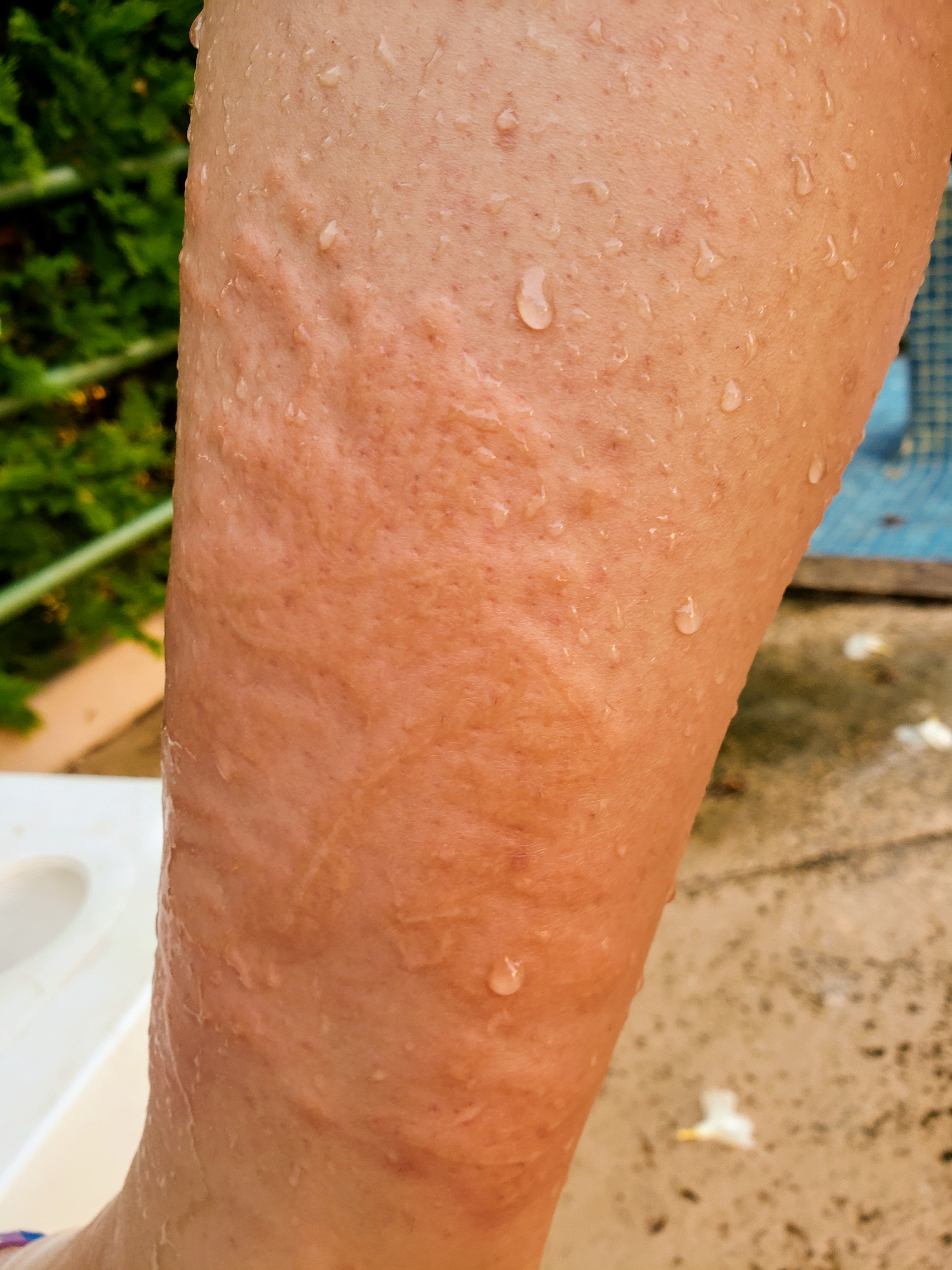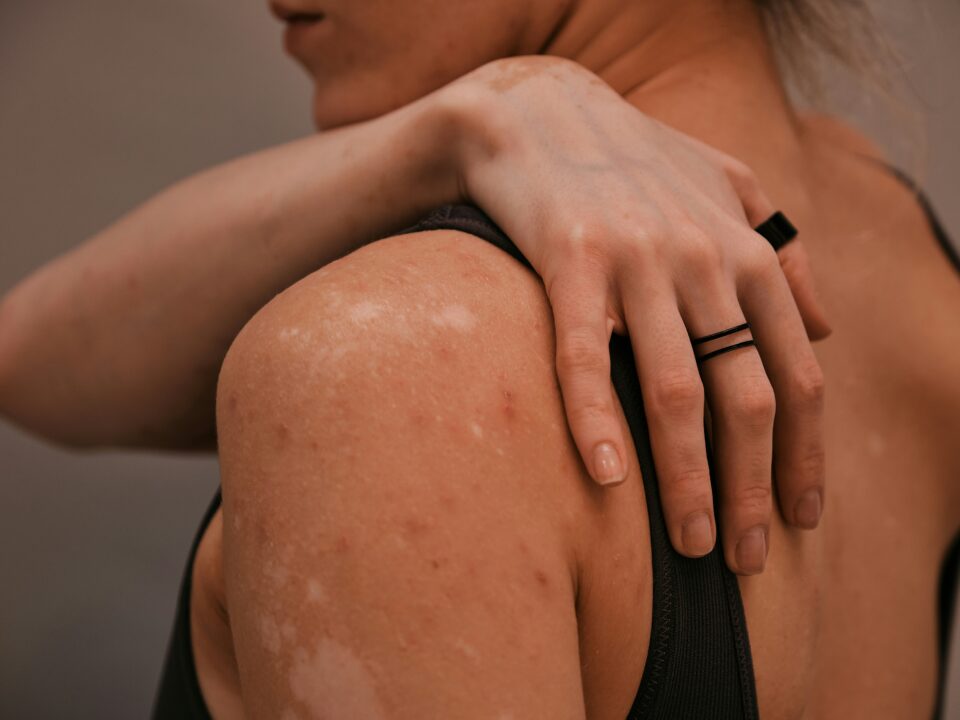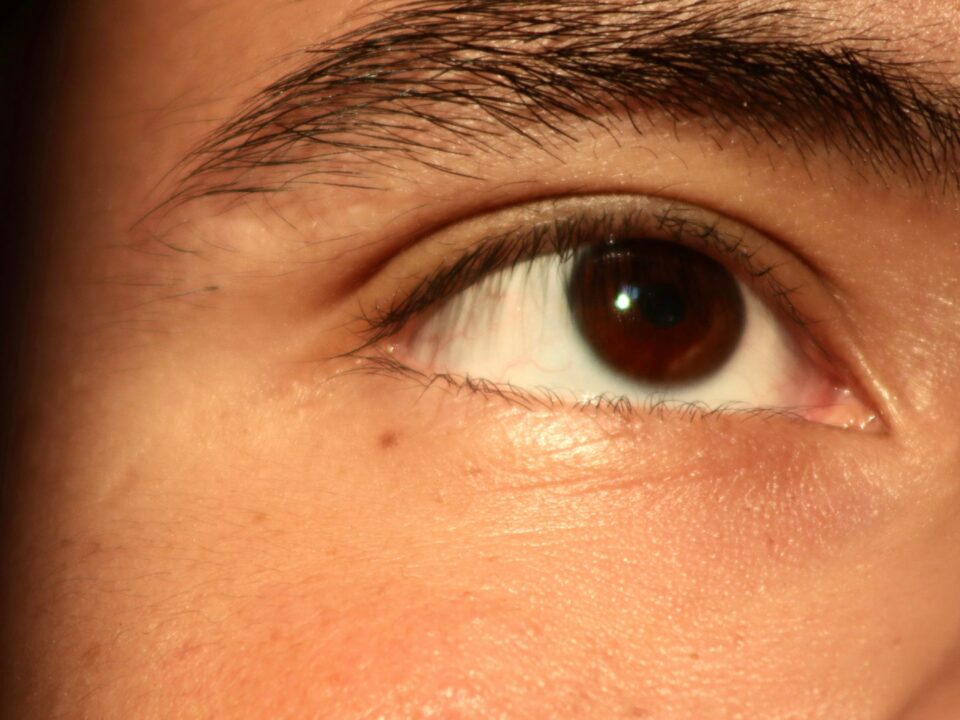
Dermatological emergencies – Erythroderma
Erythroderma is a term that refers to inflammatory skin disease which affects the entire surface of the skin. It can be either acute or chronic. Moreover, erythroderma can proceed or be associated with exfoliation. In dermatology, it is termed “exfoliative dermatitis.” The idiopathic erythroderma is also known as red man syndrome.
The possible causes of erythroderma include the adverse drug eruption (e.g. anticonvulsants, penicillin, and sulphonamides), any kind of dermatitis, psoriasis, cutaneous T-cell lymphoma, HIV infection, immunobullous disease, and underlying systemic malignancy.
The clinical features of erythroderma vary and depend on each case. The generalised skin redness (erythema) is often accompanied by oedema if caused by drug eruption or eczema; scaling if caused by psoriasis or eczema, and serous exudate if caused by eczema. The degree of presented itch varies from none (PRP) to being intolerable (in cases of bullous disease and eczema). Other features of erythroderma include the keratoderma of palms and soles, nail shedding or nail dystrophy, ectropion, hair loss, hyperpigmentation, and hypopigmentation.
The complications associated with erythroderma include the loss of temperature control, secondary infection, hypoalbuminemia, fluid and electrolyte balance as well as high output heart failure.
Investigations of underlying cases of erythroderma are done for identifying additional causes and complications associated with this disease. These procedures include performing skin swabs for collecting the bacterial culture, skin biopsy, haematology, and biochemistry.
Each underlying cause of erythroderma should be established if possible. Most patients who have acute erythroderma require hospitalization in order to restore their fluid and electrolyte balance, body temperature, and circulatory status. In some cases, erythroderma can be asymptomatic and can be managed in the status of outpatient. It means that patient has to discontinue taking any unnecessary medications and use emollients and mild topical steroids. If needed, oral or intravenous antibiotics will be prescribed. Moreover, wet dressings can be applied and sedative antihistamines should be taken.
The type of systemic treatment highly depends on the underlying cause of erythroderma and should be carefully directed by dermatologist.
Due to COVID-19 eruption, Centre for Medical and Surgical Dermatology offers Teledermatology and in person appointments from Mondays to Fridays.
For more information on Teledermatology, visit the following link:



